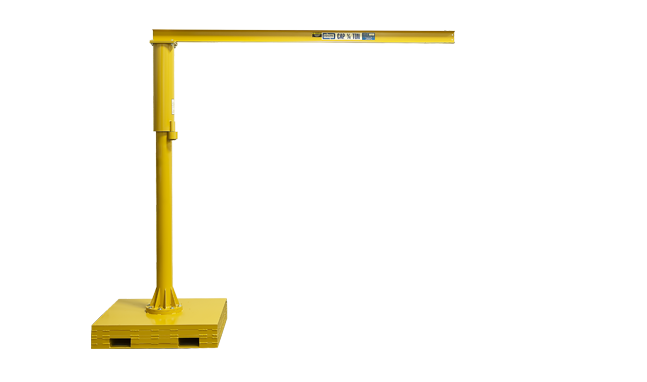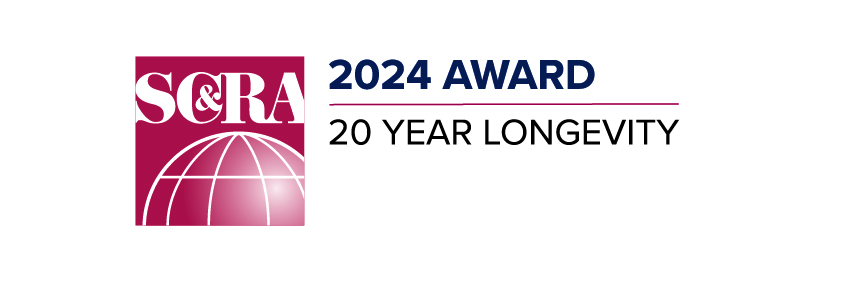We manufacture all crane solutions and products from 1 Ton single girder cranes to 100 Ton double box girder cranes. We strive to offer a great value crane and provide them with lead times that are the best in the industry. Give us an opportunity and we will surpass your expectations.

From jib cranes to overhead cranes to crane inspections
We offer lifting solutions that are lifting industry. Based in Neenah, Wisconsin we pride ourselves in building quality products to meet our customers’ needs. We are more than just jib cranes (or any other cranes for that matter); we supply parts and provide crane inspections as well. We look forward to doing business with you, locally or internationally.

Lift Solutions is a proud recipient of the Longevity Award from the Specialized Carriers & Rigging Association.
SC&RA is an international organization comprised of more than 1,350 members from 46 nations.
SC&RA’s Longevity Awards are presented to member companies for their longtime support and dedication to the Association and its mission.
Email: [email protected]
Phone: 920-722-0101